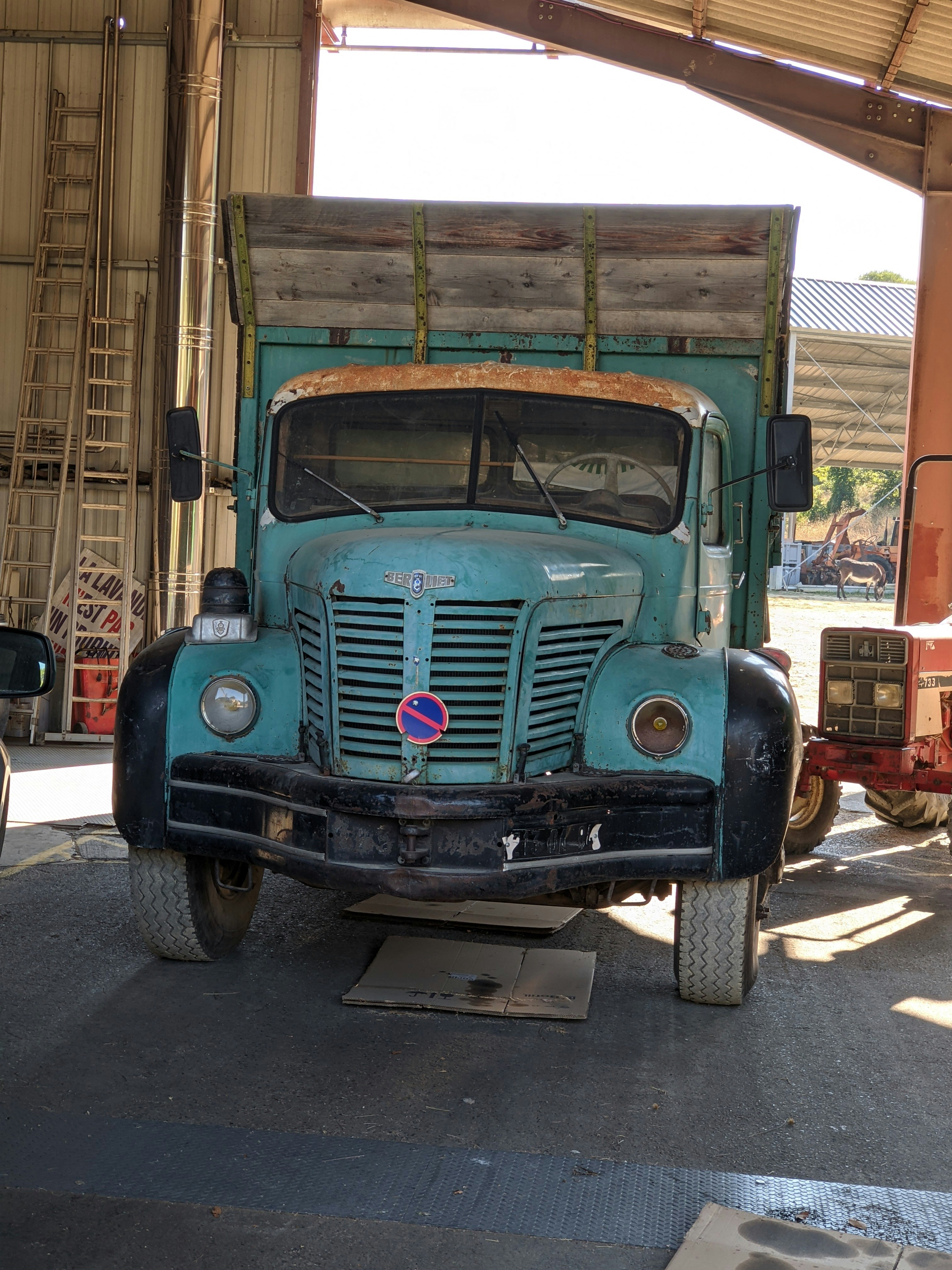Below are just a few of the striking numbers from recent reports from government and private research agencies. Keep these things in mind as you assess risk for your organization and work sites.
The 4%
There was a 4% increase in fatalities in the private construction industry between 2014 and 2015. The numbers in 2015 were the highest they’ve been since 2008, according to the BLS.
The New Silica Rule
OSHA is enforcing a new silica rule as of September: The maximum micrograms of silica dust per cubic meter that workers can be exposed to over an 8-hour work period will drop to 50 mcg./cubic meter. The new rules were initiated during the Obama administration to address this long-known worksite health hazard. Inhalation of the mineral can cause silicosis a disabling and often fatal lung disease.
6929 Fall Violations in 2016
Across all occupational groups, the number of fall-protection violations recorded in 2016 rose to 6,929 according to OSHA. Many types of falls are preventable, yet falls are the leading cause of death in the industry. To keep your crew members from becoming a statistic on the fatality and hazard lists, and earning yourself an infraction or lawsuit, make sure to assess your job-site safety plan on a regular basis.
Some companies take a novel approach to keeping workers aware of WHY safety is so important. A Milford, MA-based construction company fosters a “no accident is acceptable” culture by keeping pictures of family members on bulletin boards at the project site (more innovative tips in the linked article).
When focusing on fall prevention, communicate expectations early and often across all levels of personnel. Document that contactors and subcontractors have had their workers trained to use the equipment, and understand the safety protocols on specific sites.
Become aware of and plan for new threats including terrorist threats, natural disaster, and out of control drivers. While the first two may seem more dramatic and likely in the twenty-first century, construction crews that work on or near highways and busy intersection are at risk for injury from drivers with road rage, who are intoxicated, or careless. Monitor traffic routes into, out of and around the construction site and make every effort to collaborate with the local government agencies to protect your crews.












